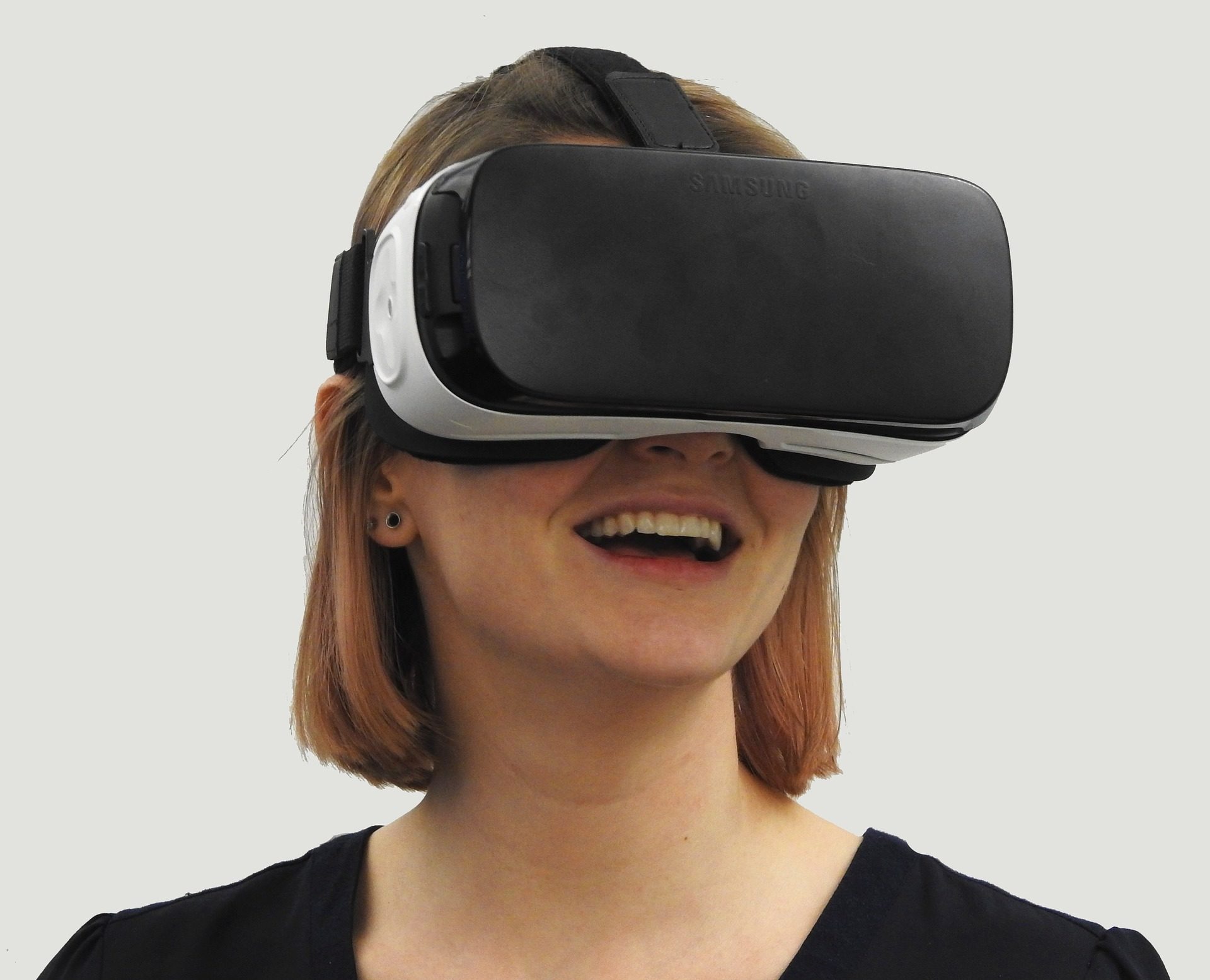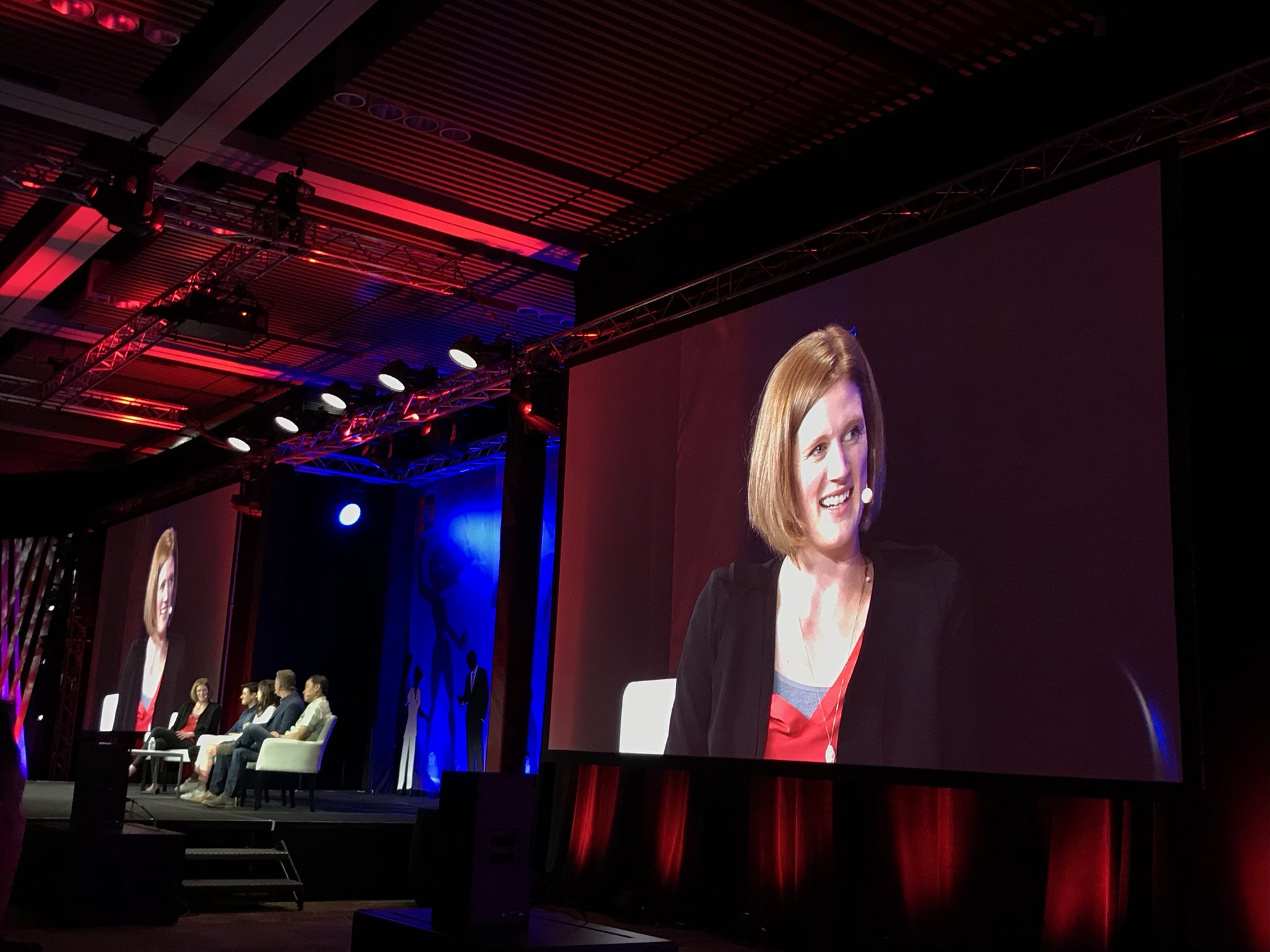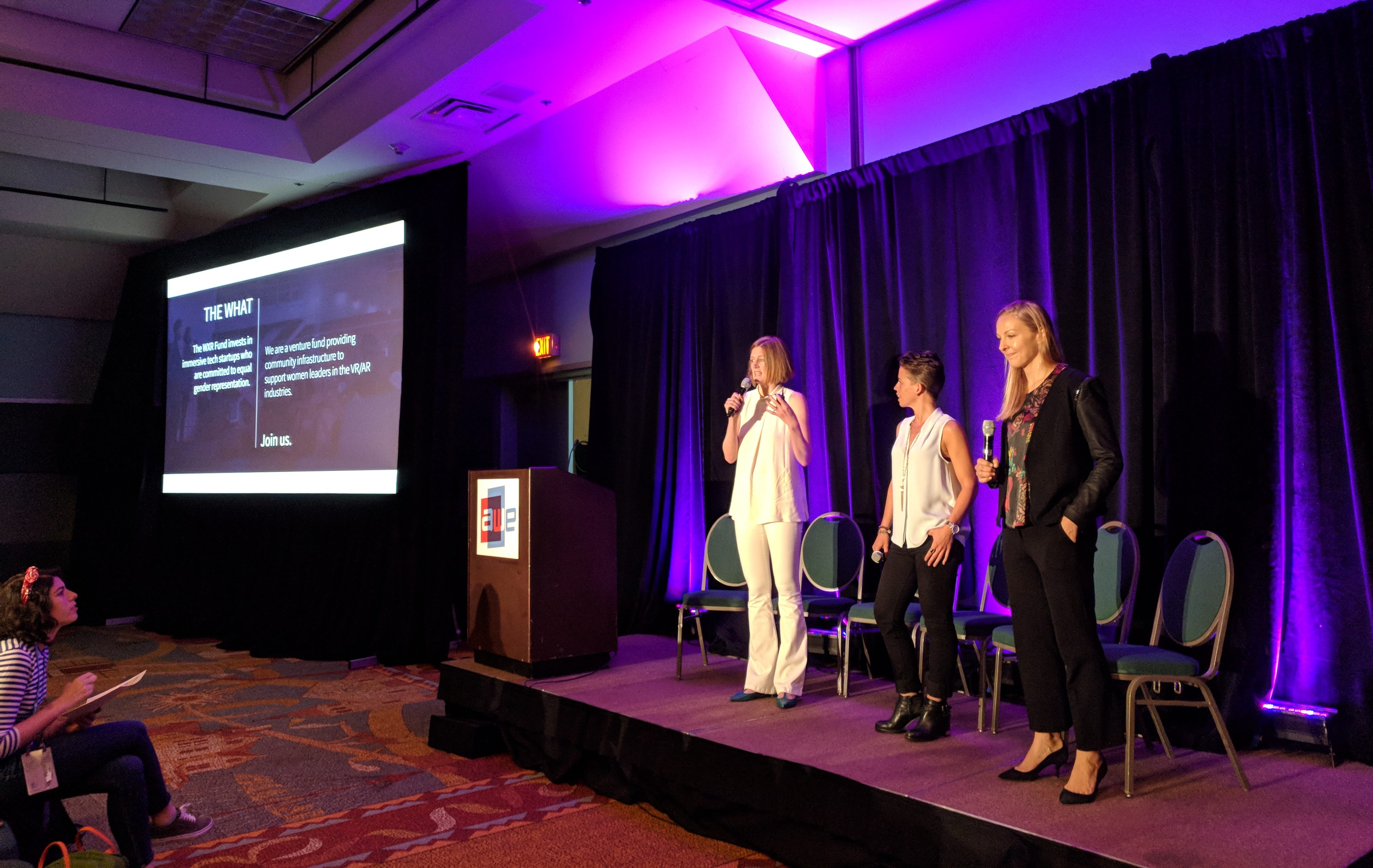With the industry growing hungry for female influence, women in VR has never been more important.
In the early nineties, a TV studio took a risk. Executives were casting for a character named Dana Scully: a supporting role, they envisioned, being played by a woman with the same physical attributes as Pamela Anderson. Despite that brief however, The X-Files producers ultimately chose actor Gillian Anderson. Turning Scully into a fierce, whip-smart medical doctor, the newcomer offered a portrayal of a female leader in STEM that was missing from mainstream pop culture.
The performer’s high profile allowed young women to imagine themselves in her position for the first time. Soon after, something unexpected happened. A few seasons into the show’s run, institutions saw a huge uptick in women’s enrollment in university technology and science courses. They dubbed the phenomenon the “Scully Effect”.

It’s an experience that many want to see translated into the world of VR.
Like most areas of the tech industry, the sector is guilty of a gender imbalance. With individuals moving into the business from areas such as VFX and animation – traditionally male-skewing professions – VR and AR companies typically have more men than women on the payroll.
On top of that, organizations are often segregated by gender roles. While project management, HR, or marketing jobs might be handled by female employees, very few companies hire an equal number of male and female developers. As a result, women looking to move into technical positions in the industry lack visible role models.

In the view of Joanna Popper, global head of virtual reality for location at HP, it’s vital that women become more observable in all areas of the VR industry.
“I support the principle of ‘see it, be it’,” she says. “It’s important to look at who’s getting quoted in articles, who’s getting the opportunities to step into executive jobs, who’s onstage at panels, and what part women play at every level of the company. When it’s possible to physically see women in high-ranking positions, it encourages more women to enter the industry.”
There are many reasons why VR companies should be trying to attract more female employees. For profit-driven directors, the most convincing is the impact on their bottom line. Numerous studies – most notably that published by McKinsey in 2015 – have revealed that hiring more women, and promoting them to leadership positions, correlates with significantly higher profits. Reports show that having a diverse upper-level management leads to better decision-making, which allows companies to create better products, and shape a healthier culture.
By placing women in supervisory roles, companies can tap into a fresh pool of experiences. Marginalized groups – both women and people of colour – tend to see different problems, and can therefore solve alternative issues. Female-led company Vantage Point, for instance, provides sexual harassment training in VR, while businesses like Virtro create colourful games as an alternative to gory first-person shooters. Virtual reality is, quite literally, a technology that portrays different views. When companies create more varied teams, it opens up a bigger market share.

Despite understanding how a gender-balanced office can improve their business, though, VR organizations are often slow to adopt tactics to boost their female representation. In the view of Amy Peck, founder and CEO of EndeavorVR, there are a few easy ways for companies to start.
“I live by a principle called ‘me plus three’,” she says. “I take a look around and identify the three women closest to me who I can move the needle for, and make a difference to their career. As each person participates, that three becomes 30, and that 30 becomes 300, and it grows exponentially from there. Both men and women can use the strategy, and it’s important that they do, because we need to galvanize together as a team. We’re all on the same side.
“I’ve been really lucky to be surrounded by incredible women,” she continues. “There are those who have helped me, and those I’ve been in a position to help myself. That’s where the value comes in, and how we start to build a community. From there, we can continue moving forward.”

For Popper, too, better mentorship is vital for more women to consider stepping into the industry. In her opinion, businesses need to put more emphasis on assessing how female employees are being represented in their company structure, and ensure they are given opportunities to establish themselves as experts in the VR field.
“We have to be proactive in helping women become visible,” she says. “Once I was supposed to do a panel, for example, and it turned out that I wouldn’t be able to make it. I sent the organizer a list of 15 other women, and asked her which one of them she wanted to me to replace myself with. The organizer emailed me list of her top five, and when I messaged the top choice, she said yes. Often at tech or VR events there can be panels that are all male, and it’s vital we make access to opportunities fair and equitable.”

As well as encouraging companies to hire more female employees, it also falls to investors to support women-led businesses. Although statistics unanimously suggest that more diverse companies command greater profits, only two percent of venture capital was awarded to female founders last year. Martina Welkhoff, founding partner of the Women in XR fund (WXR), created her investment thesis to help the industry distribute capital more fairly, and encourage more women to participate in the sector.
“Any way you slice the data, women’s companies aren’t getting the funding they merit,” she says. “The vast majority of investment is going to the most homogenous teams – specifically the most white and the most male. In our view, there’s a real opportunity for investors who are willing to step outside of the norm and follow the data. There’s clearly a social impact case here, but the most important thing is that it’s a very strong economic thesis. The statistics show that we can make more money by investing in female founders. That’s a testament to how important it is to have women working in the industry.
“At WXR we’re a lot more media-driven than most venture firms,” she continues. “We open up applications publicly, and try to get the word out to lots of different communities so they know about us. We’re lowering that barrier to access, and intentionally welcoming women into the space. I think a lot of implicit messaging that women receive from a young age is that they aren’t welcome in tech. We’re trying to counteract that with some proactive messaging to say that there is a place and a need for women, and that when more women step into the space, it will be better for the industry as a whole.”

Despite the current gender imbalance, Peck, Welkhoff, and Popper all remain optimistic in regards to the future of female representation in the sector. For each of them, VR’s youthfulness offers an opportunity for more women to get involved. In North America alone, thousands of new virtual reality businesses spring up every year. Not bound by the hiring biases present in the hierarchies of older companies, startups are able to weave equality into their cultural fabric from the outset.
“It definitely works in women’s favour that this is a newer industry,” says Peck. “Over the last few years, there’s been a cultural shift around the world in terms of recognizing that we need many voices at the table. VR can tap into that. It’s really positive that we get to create the industry with the culture of today.”
“It will be great if we can build a foundation now that looks really different to other technology spaces that have developed,” Welkhoff agrees. “If we can avoid some of that dysfunction rather than try to retroactively dismantle it, I think the industry will be in much better shape. The next big step is to try and improve the numbers from around 20 percent female representation, and translate that willingness and awareness into real change and action.”
By encouraging more women to enter the space, the three believe, VR companies will help create a more vibrant and equitable future beyond their own industry.
“The sector will create products that will dictate how we live our lives, and how decisions are made on every level,” says Popper. “When you connect the dots there, it’s pretty profound how much influence the industry has. It’s becoming increasingly clear that immersive tech is the new major paradigm. Because of that, if we can make VR more inclusive, then hopefully we will make a more inclusive world overall.”
Image Credit: VRScout / Amy Peck / Joanna Popper / Martina Welkhoff
The post VR Companies Need To Attract More Women. Here’s How They Can. appeared first on VRScout.
from VRScout https://ift.tt/2JMLStA
via IFTTT
No comments:
Post a Comment